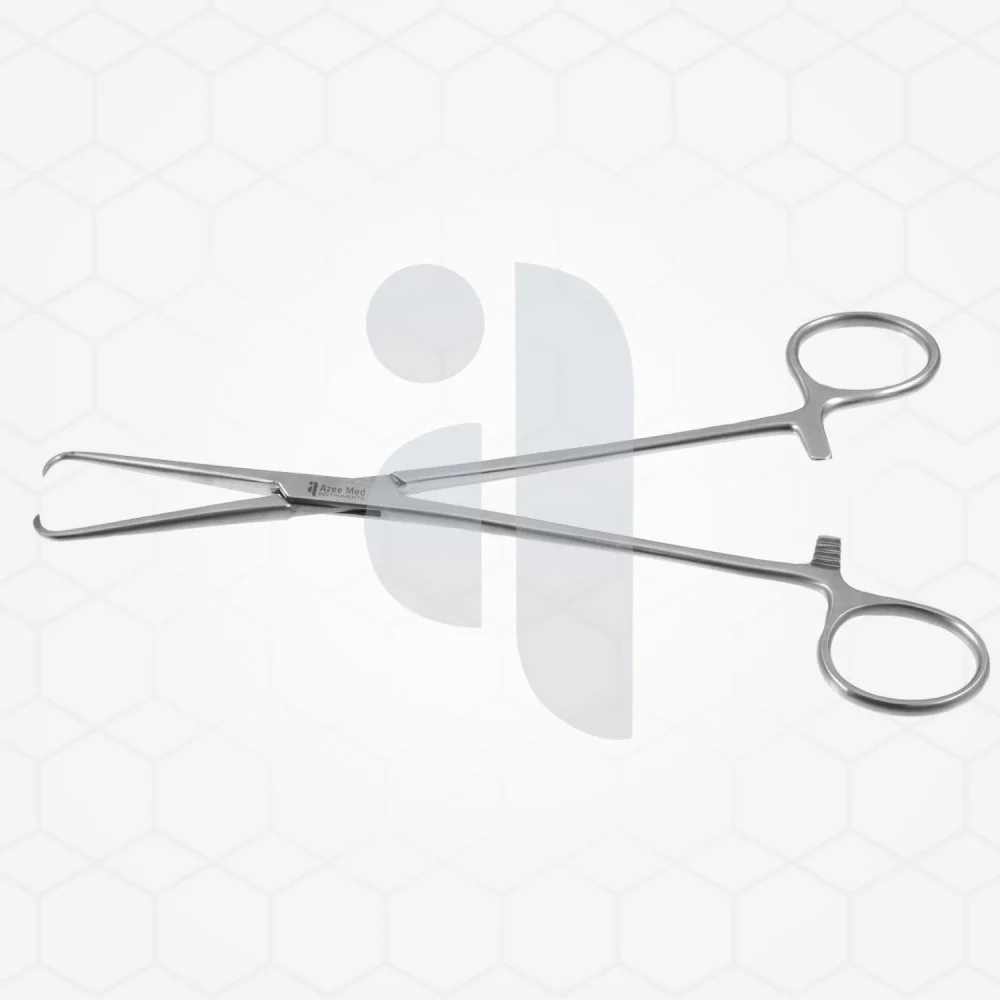Surgical instruments form the backbone of operative procedures, allowing surgeons to perform with precision and efficiency. Among these tools, forceps stand out due to their versatility and critical role in various surgical specialties. Forceps surgical instruments, often overlooked, are indispensable in maintaining control, manipulating tissues, and ensuring patient safety during procedures. Their importance cannot be understated when considering the complexity and delicacy of surgical interventions.

Understanding the Role of Forceps in Surgery
Forceps are handheld instruments used to grasp, hold, or manipulate tissues and objects during surgery. Their design ensures that surgeons can perform intricate operations while minimizing trauma to the surrounding tissues. These instruments are crafted to ensure an ergonomic grip, enabling precise motions, even during long procedures. They are vital in everything from minor operations to life-saving treatments, acting as extensions of the surgeon's hands. The variety of duval forceps demonstrates their essential role in medical practice. Each type has specific features tailored to different medical tasks. Some are designed for delicate procedures like holding blood vessels, while others are sturdy enough to grasp large pieces of tissue or surgical material. The fundamental concept behind their design is to provide the surgeon with maximum control while reducing the risk of slippage or damage to tissues.
Overview of Common Types of Surgical Forceps
Forceps are classified into two main categories based on function—non-locking (thumb forceps) and locking forceps. Non-locking forceps resemble tweezers, characterized by their spring-loaded design, which opens and closes with applied pressure. They are used frequently for gripping and handling tissues during suturing or dissection. Locking forceps, also known as hemostats or clamps, include a locking mechanism that holds them firmly in place once closed. This category is often employed in tasks like clamping blood vessels to control bleeding.
Within these broad categories, there are specific types of forceps, each serving unique purposes. Tissue forceps are designed with serrated edges or teeth to provide a firm grip on tissues. They allow for precision in holding delicate tissues without causing unnecessary damage. Meanwhile, hemostatic forceps are commonly used to control bleeding by clamping blood vessels during surgery. Sponge forceps are another type, used to hold gauze and sponges, particularly in procedures requiring a sterile field. Each type is purpose-built to meet the nuanced demands of different surgical interventions.
Applications Across Surgical Procedures
The use of forceps is widespread across various surgical disciplines. For instance, in general surgery, they are essential for gripping tissues during organ resection or suturing skin post-operation. Orthopedic surgeries require robust forceps to handle bone fragments or manage surgical hardware. Gynecological procedures rely heavily on forceps for delicate tasks like delivering a baby during obstetric surgeries or manipulating soft tissues during pelvic surgeries.
Another area where forceps reign supreme is microsurgery. Instruments like fine-tipped micro-forceps allow surgeons to perform highly precise procedures on delicate structures such as nerves, blood vessels, or even microscopic anastomoses. These forceps require advanced craftsmanship and are often tailored to magnify surgical precision when working under a microscope. Forceps are also critical in emergency rooms and other non-operative settings. Grasping foreign objects in cases of ingestion or injury frequently involves these tools. They find applications even during routine procedures such as dental extractions or setting broken bones.
Importance of Design and Material
The effective design of surgical forceps is a hallmark of their reliability. Manufacturers prioritize durability, functionality, and sterility above all else. The material composition is carefully chosen to meet the demands of surgical environments. Most forceps are crafted from high-grade stainless steel due to its corrosion resistance, strength, and ease of sterilization. This ensures that the instruments maintain their integrity, even after multiple rounds of sterilization. Some forceps are made with titanium or ceramic coatings, adding further resilience and non-reactive properties when working with sensitive tissues or in environments requiring heightened sterility. Advanced designs have also introduced ergonomic handles and anti-slip surfaces, enhancing surgeon comfort and control during extended operations.
Cleaning and Maintenance Procedures
Maintaining surgical forceps is critical to ensure their longevity and, more importantly, patient safety. Following each use, thorough decontamination steps are required, as instruments come into contact with blood and other bodily fluids. Proper cleaning begins with manual rinsing to remove any visible debris, followed by ultrasonic cleaning that ensures even microscopic contaminants are eliminated. Autoclaving, a common sterilization process that uses high-pressure steam, is often the final step to achieve total sterilization. Routine maintenance is also essential to prevent wear and tear that could compromise the instrument’s functionality. Surgical teams frequently inspect forceps for any structural damage, such as misaligned tips or surface abrasions, which could impact their effectiveness. By adhering to stringent cleaning protocols and regular inspections, medical professionals ensure that forceps remain reliable and safe for reuse.
Final Thoughts on the Vital Role of Forceps
Forceps may seem like simple instruments, but their role in surgery is indispensable, bridging the gap between technical skill and surgical precision. Their versatility enables them to adapt to numerous situations, making them a mainstay in operating rooms worldwide. Understanding the different types, their specific applications, and the importance of proper handling allows healthcare professionals to maximize their effectiveness. For medical students and healthcare professionals alike, mastering the use of forceps is a foundational skill. These instruments are emblematic of precision, control, and safety—qualities that reflect the very essence of surgical practice. By appreciating their importance and adhering to best practices in their use and maintenance, surgical teams continue to uphold the highest standards of care for their patients.




Comments